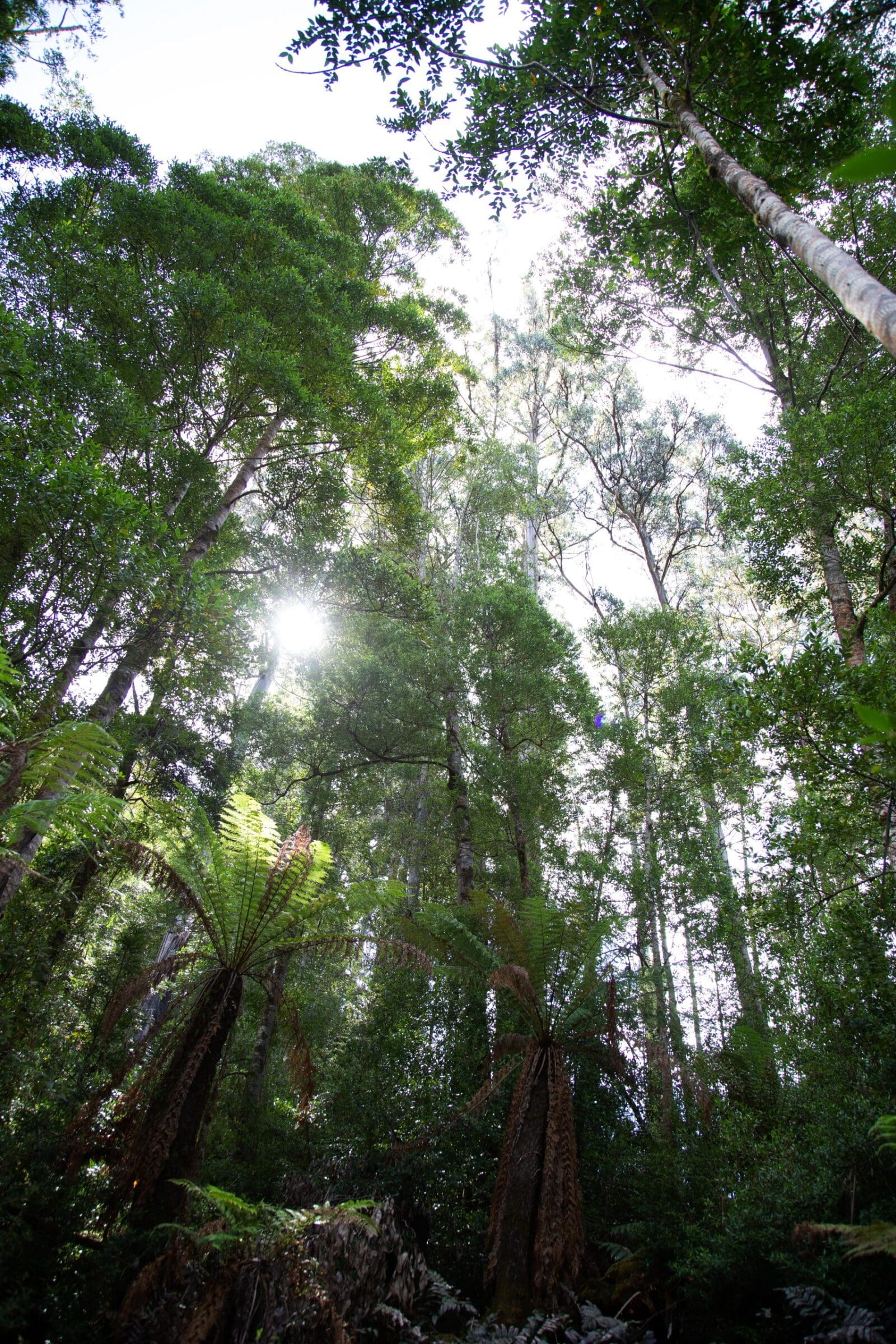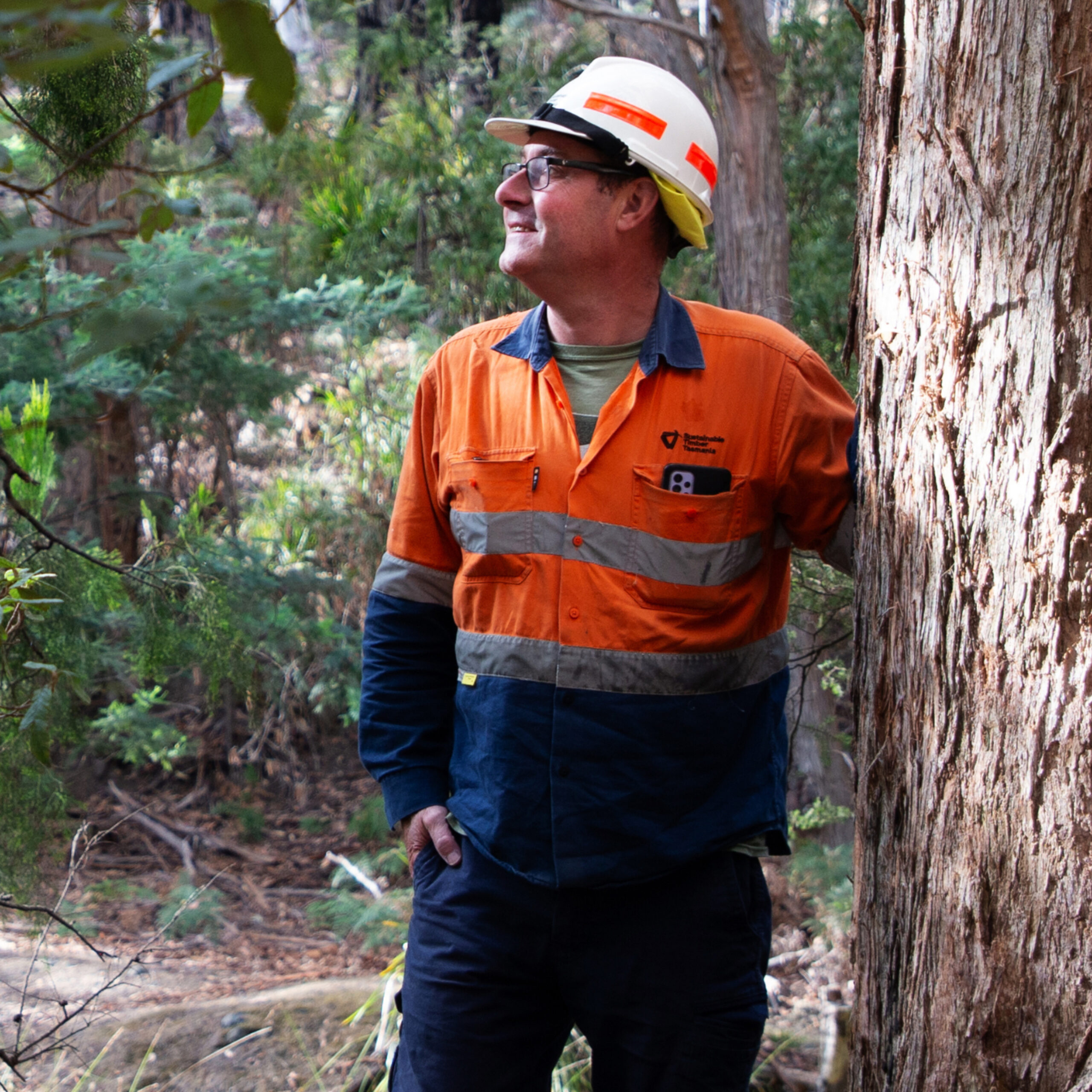
The Forest Practices System
Tasmania’s forest practices and management system aims to protect the character and values of the state’s forests for future generations to enjoy, while satisfying today’s demands for forest products and services.
Three primary elements contribute to sustainable forest management in Tasmania. These are:
- A comprehensive, adequate and representative (CAR) forest reserve system. As part of this, 58 percent of Tasmania’s native forests are included in conservation reserves.
- A permanent native forest production estate. We implement and report on this through the forest practices system.
- Regulated forest practices. We apply this regulated system across Tasmania.
Who administers the system?
An independent statutory body, the Tasmanian Forest Practices Authority (FPA) administers the Tasmanian Forest Practices system on both public and private land under the Forest Practices Act 1985. The FPA is responsible for:
- Legal and policy framework: administering legislation, regulations and policies that set the standards of the forest practices system.
- Training and education: training people working in the forest industry to recognise forest values and apply the standards of the forest practices system, such as the Forest Practices Code.
- Delegated authority: authorising Forest Practices Officers (FPOs) employed in the forest industry to inspect forest operations and conduct investigations where necessary. Some FPOs have delegated authority to consider forest practices plans for certification.
- Planning: providing specialist planning advice to ensure that forest practices plans comply with standards.
- Implementation: FPOs supervise the operations under the forest practices plan and issue a certificate of compliance on completion of each stage of the operation and on completion of operations.
- Independent monitoring and enforcement: conducting annual audits of a sample of current forest practices plans and we investigate alleged breaches of the Forest Practices Act 1985 or Forest Practices Code to make sure that standards are being met. We have the power to require remedial works, issue fines or prosecute in the courts if standards are not being met.
- Reporting and engagement: producing statutory reports and engaging with stakeholders formally and informally.
- Research, review and improvement: carrying out research and effectiveness monitoring to continually improve the system.
- Appeals: the Forest Practices Tribunal provides an independent appeal process.
How does the forest practices system work?
The system is based on co-regulation through industry self-management and the FPA’s independent monitoring and enforcement.
Forest Practices Officers
Forest Practices Officers (FPOs) advise about forest practice systems and prepare and certify Forest Practices Plans. There are 160 Forest Practices Officers in Tasmania who inspect forestry operations and issue certificates of compliance on each stage of the forestry operation. FPO’s are trained to recognise forest values and apply the standards of the forest practices system.
What is a forest practices plan?
A Forest Practices Plan (FPP) contains prescriptions and a map detailing how planned forestry operations will be conducted. FPPs must be consistent with the Forest Practices Code and be certified by a Forest Practices Officer before work starts.
Planning a forestry operation is not just about the timber value, it includes all the natural and cultural values you may have on the site. Planning requires site-visits, with people walking on the ground checking that whatever has flagged on desktop or spatial assessment is actually what’s on the ground. That takes a lot of time and these people walking around the forest and planning forestry operations are highly skilled and trained to be able to do that. Anne Chuter, Chief Forest Practices Officer.




